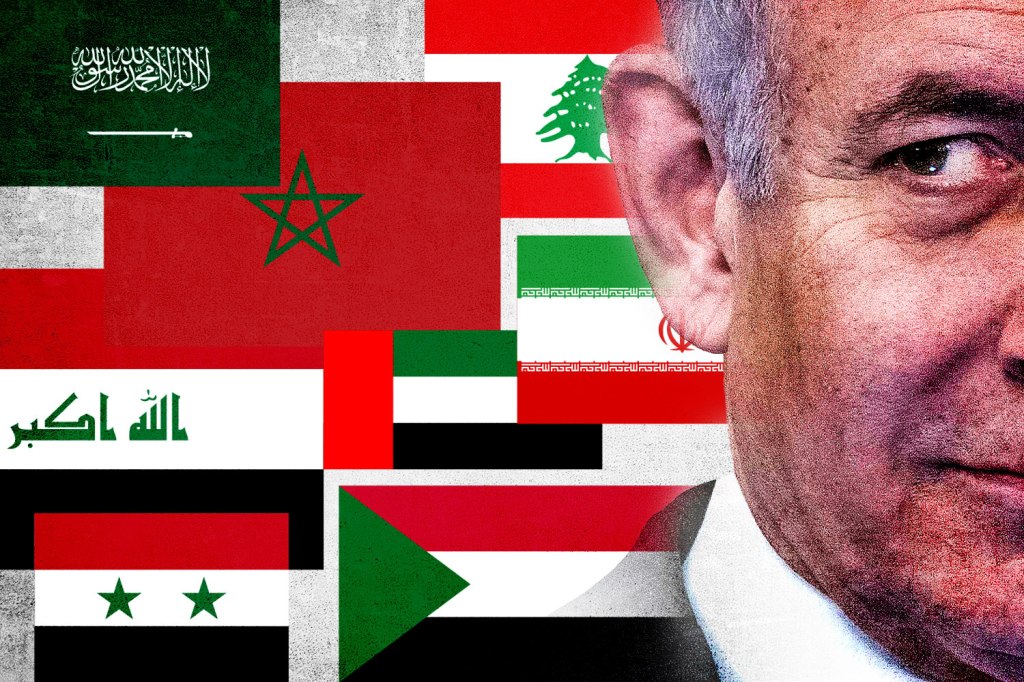In the annals of Islamic history, the Messenger of Allah (SAW) emerged as a relentless force against idol worship and Shirk in the Arabian Peninsula. His tireless efforts in Makkah and Medinah paved the way for the triumph of Islam over falsehood. However, recent events in the holy land of Saudi Arabia have sparked concerns and shed light on the revival of pagan idols – a shocking deviation from the legacy of our Prophet (SAW).
Saudi social media accounts have been promoting ancient Arabian goddesses on the basis of ‘reviving the kingdom’s national heritage’. They have been calling for the return of ancient Arabian deities amid the country’s push to replace its religious identity with a more nationalist one.
One user on X, formerly Twitter, posted pictures of the ancient Arabian goddess ‘Al-Uzza’, showing imitated rituals surrounding the statue and existing figures of it displayed in Saudi museums. According to that user, “from [the] past to [the] future al uzza is always there”. The user wrote that Saudi citizens are “deeply connected with our past” and it “doesn’t matter if we’re Muslims or not”. The user also admits that due to the statues and deities being part of the peninsulas history, the “Saudi government gives so much importance for the ancient Arabian gods”, reportedly because “our past is a part of our future”.
Upon the conquest of Makkah, the Prophet Muhammad (SAW) wasted no time in cleansing the sacred Ka’bah from the 360 idols that once filled its sacred space. With the Ansaar and Muhaajireen by his side, he systematically dismantled the symbols of Shirk, reciting the powerful verse from the Qur’an:
“And say: ‘The truth has come, and falsehood has vanished away; surely falsehood is ever certain to vanish.”
(Surah Al-Isra; 17:81)
Subhan’Allah, the victory was complete, and Islam stood unchallenged. Yet, recent actions by Saudi authorities, including Mohammed Bin Salman, have raised eyebrows and ignited a sense of urgency among the Muslim Ummah. The revival of pagan idols in the land of Tawheed is not merely a historical exhibition but a grave departure from the Prophet’s (SAW) mission to eradicate idolatry.
Some may argue that this revival is rooted in a desire to showcase history. However, we must question the wisdom behind glorifying a dark chapter that our beloved Prophet (SAW) worked tirelessly to obliterate. The Ka’bah, the symbol of Tawheed, the land of pure monotheism, should not be tainted with the echoes of a past that was buried by the Prophet’s (SAW) unwavering commitment to truth.
The Ummah must recognise the broader implications of such actions. The resurgence of idolatrous symbols is not isolated; it aligns with a broader agenda – Vision 2030. This vision, while purporting economic and social reforms, carries the insidious plan of removing Islam from the public sphere, paving the way for secularism and liberalism.
As Muslims, we must not be naive in isolating this act from the larger narrative unfolding in Saudi Arabia. The push for secularism and the promotion of a nationalistic narrative that predates Islam are components of a concerted effort to dilute the Islamic identity of Muslim countries. Our vigilance is crucial in safeguarding the principles of Tawheed and preventing the erosion of our Imaan (belief).
In conclusion, let us reflect on the sacrifices of our Prophet (SAW) and the monumental struggle against idol worship. The revival of pagan idols in the land of the two Harams demands our attention and calls for a united stance against any attempt to distort the pristine message of Islam.
May Allah (SWT) guide us and protect the sanctity of our Deen in the face of challenges, and may we stand firm in upholding the legacy left by the Messenger (SAW).






Leave a comment